
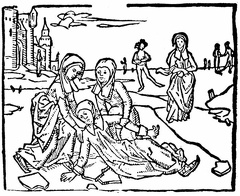 Saint Liedwi, Of Scheidam, Holland, A. D. 1396
Saint Liedwi, Of Scheidam, Holland, A. D. 1396 Exhibitor of strange animals
Exhibitor of strange animals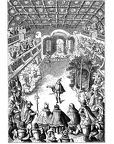 Ballet
Ballet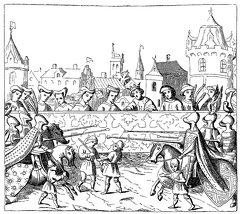 Tournaments
Tournaments Village Feast
Village Feast The Springboard
The Springboard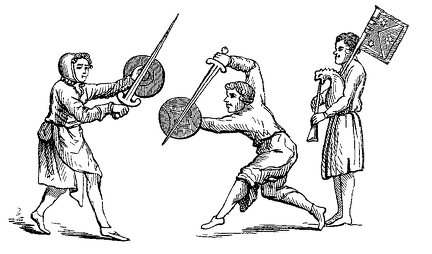 Sword Dance
Sword Dance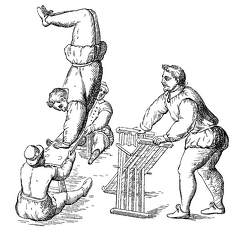 Somersaults
Somersaults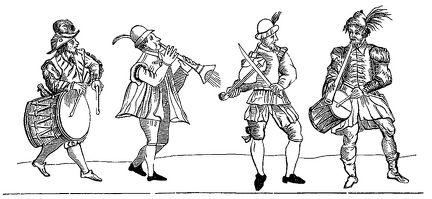 Musicians
Musicians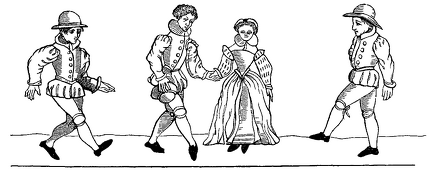 La Gaillard
La Gaillard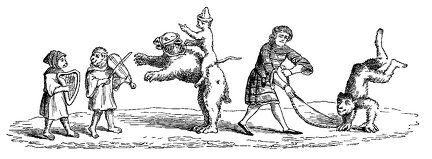 Jugglers
Jugglers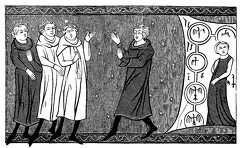 Jugglers in public
Jugglers in public Great Drinkers of the North
Great Drinkers of the North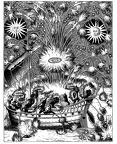 Fireworks on the water
Fireworks on the water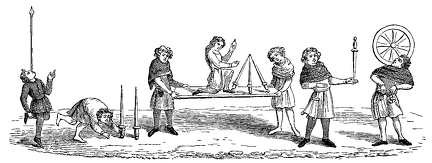 Feats in balancing
Feats in balancing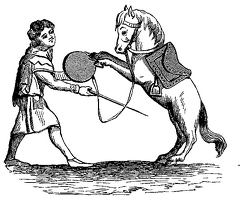 Equestrian
Equestrian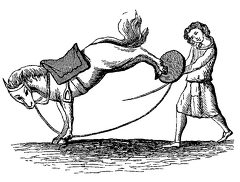 Equestrian performance
Equestrian performance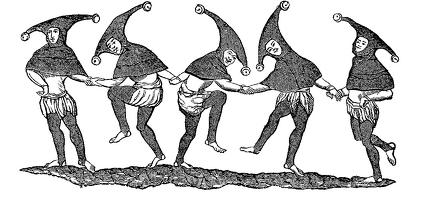 Dance of Fools
Dance of Fools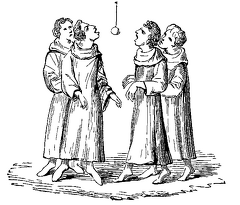 Apple Bob
Apple Bob



